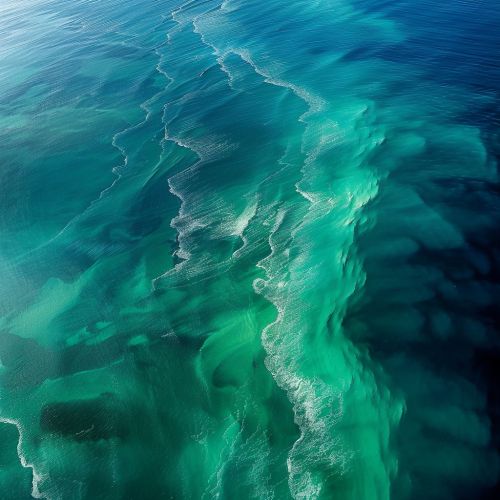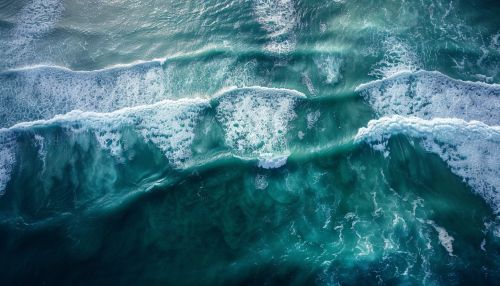Humboldt Current
Overview
The Humboldt Current, also known as the Peru Current, is a cold, low-salinity ocean current that flows north along the western coast of South America. It is an eastern boundary current flowing in the direction of the equator, and extends 500-1,000 km offshore. The Humboldt Current is named after the Prussian naturalist Alexander von Humboldt.


Physical Properties
The Humboldt Current is characterized by its cold, low-salinity waters that have high nutrient content. The current originates in the southern oceanic regions of the Antarctic, where the waters are cooled and gain high nutrient content. As the current flows northward, it brings these cold, nutrient-rich waters to the equatorial regions. The current is also characterized by its high oxygen content, which supports a diverse array of marine life.
Biological Significance
The Humboldt Current is one of the most productive marine ecosystems in the world, supporting an abundance of marine life. The high nutrient content of the waters, combined with the upwelling of deep ocean waters, leads to high primary productivity. This productivity supports a diverse array of marine life, including large populations of fish such as anchovies and sardines, which in turn support larger predators such as sharks, marine mammals, and seabirds.
Economic Importance
The Humboldt Current has significant economic importance due to its influence on the fishing industry. The high productivity of the current supports large populations of commercially valuable fish species, making the waters along the western coast of South America one of the world's most productive fishing grounds. The current also influences the climate of the coastal regions, with its cool waters moderating the coastal temperatures and influencing weather patterns.
Climate Influence
The Humboldt Current has a significant influence on the climate of the western coast of South America. The cool waters of the current help to moderate the coastal temperatures, reducing the temperature extremes that would otherwise occur. The current also influences the regional weather patterns, with its influence extending inland and affecting the precipitation patterns. The current is also a significant factor in the occurrence of the El Niño phenomenon.
Environmental Threats
The Humboldt Current faces several environmental threats, including overfishing, climate change, and pollution. Overfishing has led to the depletion of several fish species in the current, threatening the balance of the ecosystem. Climate change is also a significant threat, with changes in ocean temperatures and currents potentially disrupting the productivity of the current. Pollution, particularly from plastic waste, is another major concern, with the current carrying large amounts of plastic debris into the ocean.
